Lead-sheathed cables have occupied an important place in the electrical industry, being widely used in various fields due to their outstanding performance. However, with technological advances and changing environmental requirements, these cables gradually left the dominant market. This article explores the historical context, the characteristics, the areas of application of lead sheathed cables, as well as their position and development trends in modern industry.
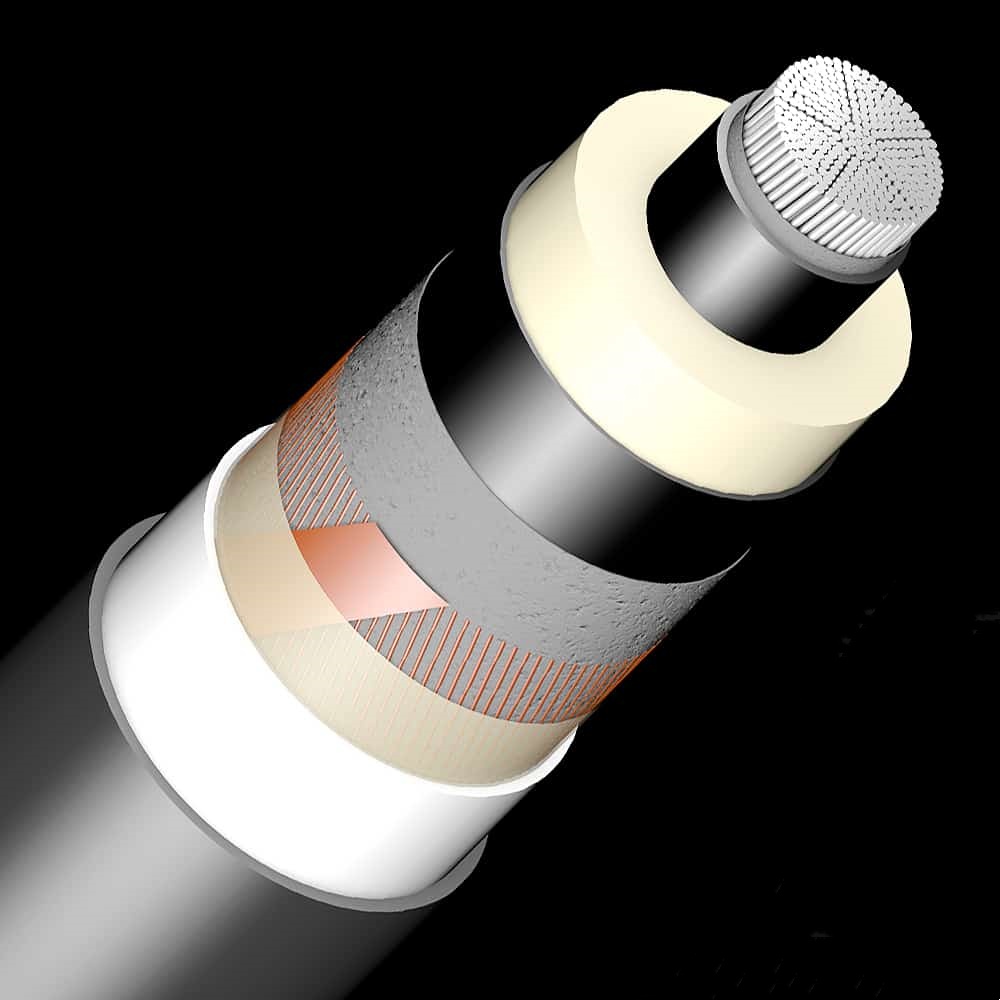
Main characteristics of lead sheathed cables
Lead-sheathed cables are distinguished by unique technical properties that have allowed them to dominate the market for several decades. Here are their main characteristics :
Waterproofing
The lead sheath provides an almost perfect barrier against water infiltration. This property is essential in environments where humidity is omnipresent, such as underground networks or submarine cables. Thanks to this tightness, lead-sheathed cables can operate for decades without noticeable degradation.
Corrosion resistance
Lead is naturally resistant to most chemicals. In corrosive environments such as chemical plants or industrial areas exposed to aggressive products, these cables ensure exceptional reliability.
Mechanical strength
The mechanical robustness of these cables allows them to withstand extreme conditions, including high pressures or changing temperatures. This makes it a preferred choice for underwater projects or in areas of high industrial activity.
Recyclability
Lead can be melted down and reused without significant loss of its properties, which makes it an interesting material in the context of a circular economy. However, this recyclability must be achieved under strict conditions to limit environmental impacts.
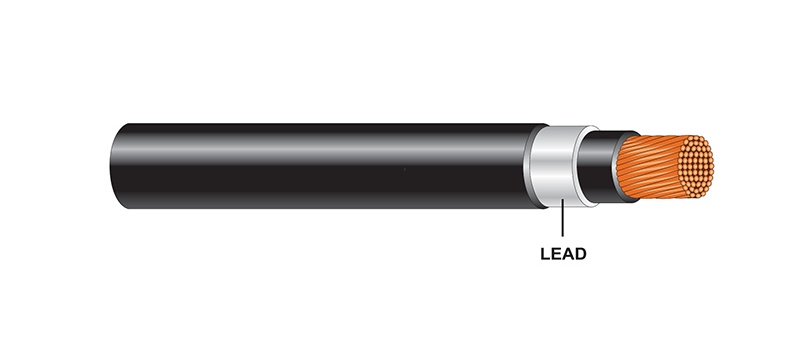
Application areas of lead sheathed cables
Despite their decline, lead-sheathed cables remain used in specific areas where their performance is unmatched :
Extreme environments
In contexts like nuclear power plants, sensitive industrial installations or submarine cables, insulating and mechanical properties lead sheathed cables make it a reliable option. For example, these cables can withstand high radiation or intense underwater pressure.
High temperature and high pressure scenarios
Under demanding conditions, like those of petrochemical factories, these cables guarantee stable performance thanks to their thermal robustness.
Urban underground networks
In certain old urban infrastructures, lead-sheathed cables are still used. Their replacement is often expensive, which leads to their maintenance as long as they operate without major failure.
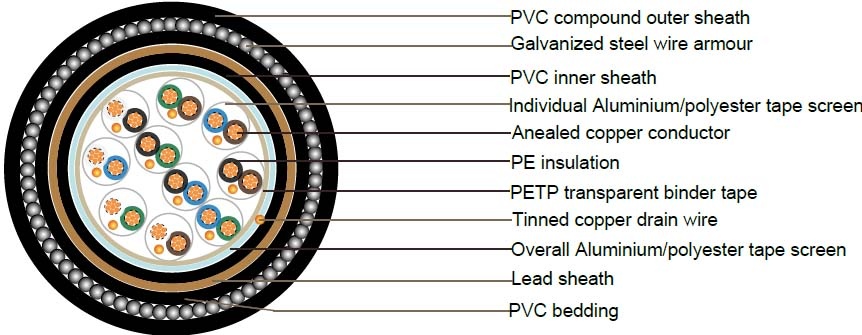
Limitations and Challenges of Lead-Sheathed Cables
Despite their advantages, lead-sheathed cables face challenges that limit their adoption :
Environmental issues
Lead is a toxic material, with well-documented negative effects on the environment and human health. L’extraction, the use and recycling of lead requires strict management to avoid contamination of soil and water.
Technological substitutions
With the emergence of modern materials like polymers and aluminum, lead-sheathed cables have lost their attractiveness. These alternatives offer similar performance while being lighter, less expensive and environmentally friendly.
Production and management cost
Handling and processing lead waste involves high costs, particularly due to the strict regulations governing their recycling.
Drop in demand
Businesses and consumers today prefer environmentally friendly solutions, leading to a gradual decline in demand for lead-sheathed cables.
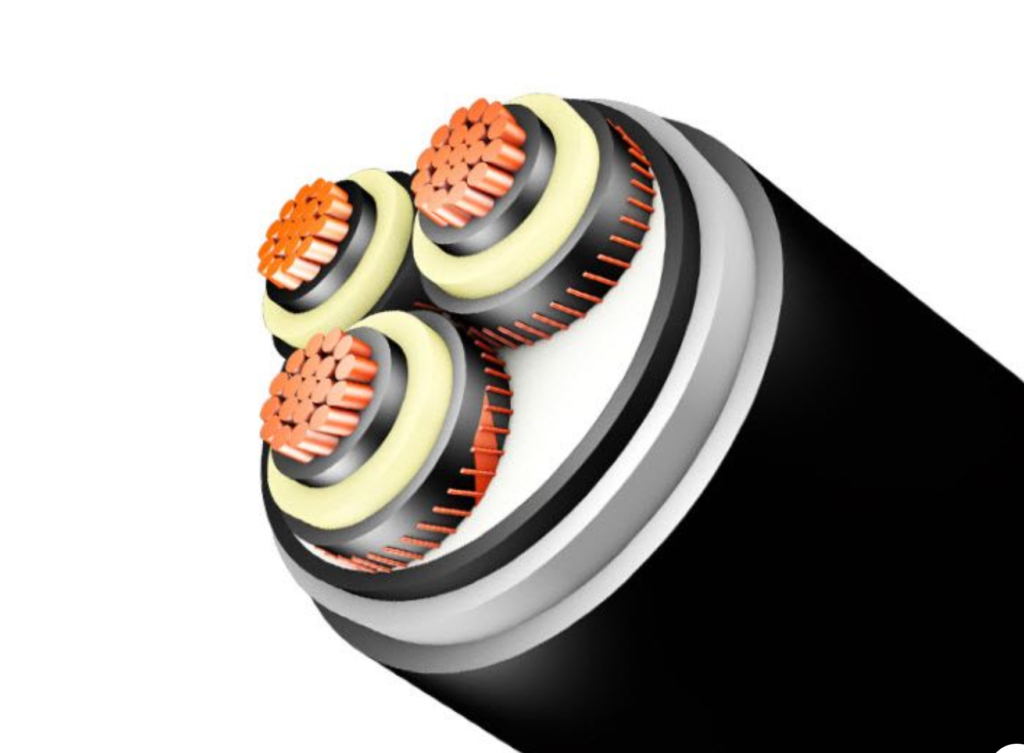
Current regulations regarding lead-sheathed cables
Regulatory restrictions play a key role in reducing the use of lead-sheathed cables :
Global overview
Currently, the use of lead sheaths is strictly limited, or even prohibited in certain countries and regions, primarily due to the risks that lead and its compounds may pose to the environment and human health.
European Union
The European Union imposes strict restrictions on the use of lead and its compounds and is gradually strengthening these regulations. For example, EU REACH regulation establishes clauses limiting the use of lead. Certain products containing lead, especially those exposed directly to the environment, are prohibited or subject to restrictions in the market.
UNITED STATES
Although the use of lead is not completely prohibited, several US states impose strict regulations on lead-containing products. The use of lead-based materials is generally governed by local legislation and environmental laws, thus promoting the transition to lead-free products.
Chine
In China, lead sheaths are not yet completely banned, but environmental policies are moving towards a greener, lead-free approach. For example, In PVC cable industry, dependence on lead-based heat stabilizers is gradually decreasing, and policies increasingly encourage businesses to use environmentally friendly materials.
Globally, with strengthening environmental regulations and growing public awareness of environmental protection, the future use of lead sheaths will be increasingly limited.
Lead-free solutions
Government incentives push companies to invest in alternative technologies, like LSZH cables or reinforced polymers, which meet strict environmental standards.
Management of existing infrastructure
Existing networks must be monitored and gradually modernized to reduce environmental risks. Guidelines also govern the secure recycling of obsolete cables.

Development prospects of lead sheathed cables
Although their use is declining, these cables retain potential in certain niche segments :
Niche request
Specific industries, like defense or power plants, continue to use lead-sheathed cables for projects requiring extreme performance.
Technological improvements
Innovations aim to reduce the environmental impact of lead through more respectful manufacturing processes.
Evolution of industrial standards
Although the restrictions are strict, they promote an orderly transition to environmentally friendly solutions while maintaining certain critical uses of lead-sheathed cables.
Solutions for old lead-sheathed cables
Managing old lead-sheathed cables represents a major environmental issue. These cables, often present in obsolete infrastructures, require specific actions to avoid pollution while maximizing their recyclability. Here's an in-depth look at possible solutions :
Secure withdrawal
Removing lead-sheathed cables is a delicate step. Improper handling can lead to lead leaks, contaminating soils and groundwater.
Regulated procedures : Strict protocols, established by organizations such as the European Chemicals Agency (ECHA), must be respected. This includes using specialist equipment to extract cables without damaging their sheath.
Qualified staff : Technician training is essential to ensure safe removal, minimizing risks to human health and the environment.
Waste treatment : Once removed, the cables must be transported to specialized centers where the lead is separated and treated.
Maintenance proactive
In many cases, these cables can still be used without presenting any immediate risks. Regular maintenance is essential to extend their lifespan :
Regular inspections : Periodic checks detect signs of wear, such as cracks in the sheath or spots of corrosion.
Spot repairs : Rather than replacing all of the cables, localized repair techniques can be used to prolong their effectiveness.
Modernisation progressive : Existing infrastructure can be updated gradually, by replacing lead-sheathed cables with modern alternatives while optimizing costs.
Efficient recycling
Recycling lead-sheathed cables is a double-benefit solution : reduce pollution and recover valuable materials.
Material separation : The cables are processed in specialized facilities to separate the lead, the copper or aluminum contained in their structure.
Reuse of lead : Recovered lead can be melted down and used in applications like battery manufacturing, new cables or industrial equipment.
Reduced environmental impact : Modern technologies make it possible to recycle lead with increased energy efficiency, limiting harmful emissions.
These practices encourage a circular economy, reducing dependence on mining and virgin resources.
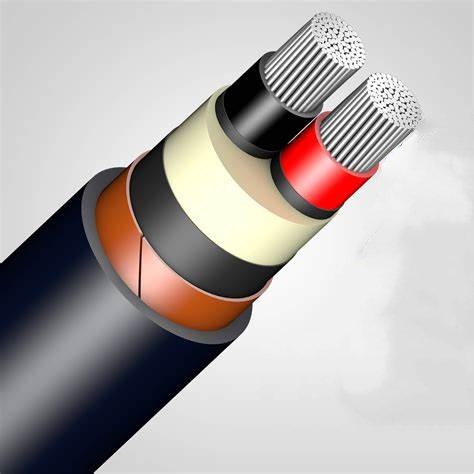
Analysis of alternative cables
Technological advances have led to the development of alternative solutions that outperform lead-sheathed cables in many aspects, especially in terms of security, sustainability and respect for the environment.
Aluminum sheathed cables
Aluminum sheathed cables have established themselves as a versatile and efficient option.
Lightness : Aluminum is much lighter than lead, which facilitates its transport and installation.
Corrosion resistance : Although less efficient than lead in certain chemical environments, aluminum offers good rust resistance, especially when anodized.
Reduced cost : Aluminum is generally cheaper to produce and recycle, which makes it an economical alternative.
Polymer sheathed cables
Modern polymers, such as PVC or polyethylene, revolutionized the cable industry.
Ecological and non-toxic : Unlike lead, these materials have no direct toxic impact on the environment.
Flexibility : Polymer-sheathed cables are more flexible, facilitating their installation in complex environments.
Extended life : High quality polymers resist UV well, to humidity and temperature variations.
LSZH cables (low smoke halogen free)
LSZH cables have become a popular choice in security-sensitive environments.
Reduction of toxic emissions : When exposed to high temperatures or in the event of fire, these cables do not release no dense smoke or toxic gases, unlike cables containing lead.
Compliance with safety standards : These cables are widely used in public buildings, hospitals and transport, where fire safety is a priority.
ZMS Cable Products
ZMS Cable offers a wide range of alternative cables that combine performance and respect for the environment.
Custom solutions : Cables are custom designed to meet specific project needs, whether it concerns underground networks, submarine cables or industrial applications.
Innovative materials : ZMS uses advanced polymer or aluminum jackets, guaranteeing optimal performance in varied conditions.
Compliance with international standards : ZMS products meet certifications such as RoHS, guaranteeing their compliance with strict environmental standards.
Conclusion
Lead sheathed cables, once an essential solution, see their relevance decline in the face of environmental concerns and technological progress. Their historical contribution is undeniable, but their future lies in niche uses and improvements to limit their ecological impact. Innovations in materials and the transition to sustainable alternatives are shaping the future of the cable industry.
Thanks to modern solutions like those offered by ZMS Cable, businesses can address environmental challenges while maintaining high performance.

